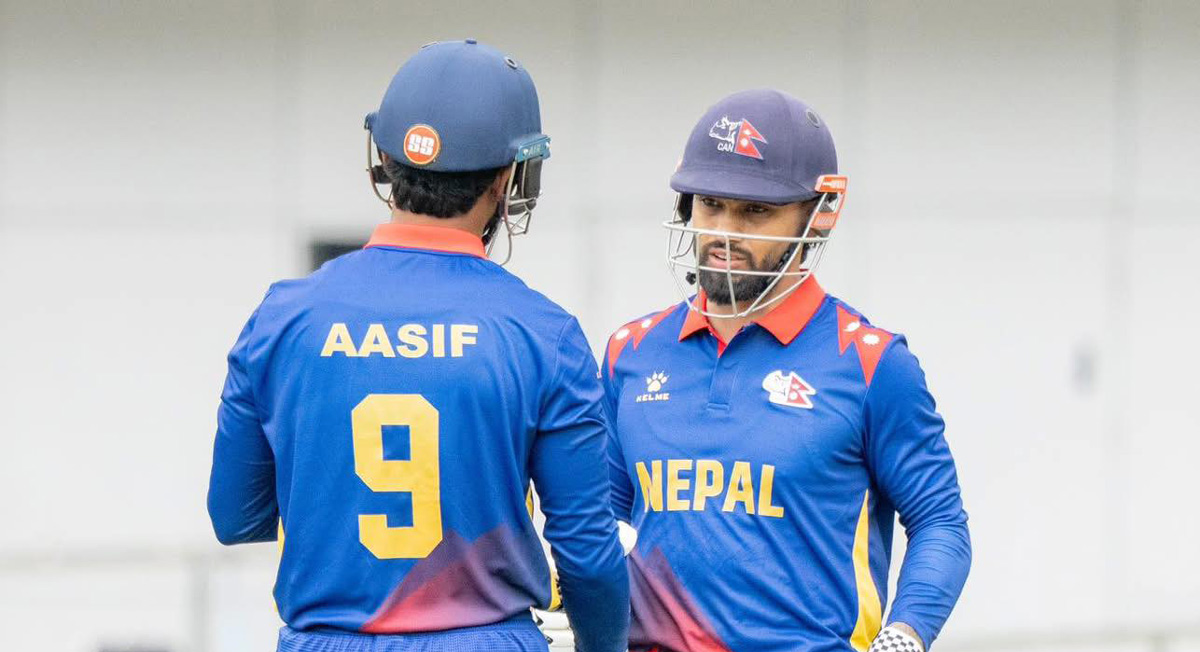Cross-border electricity transmission lines with a combined capacity of 1,580 MW have been built and deployed for electricity trade between Nepal and India.
The voltage levels of these transmission lines range from 33 kV to 400 kV, with capacities from 45 MW to 800 MW. The 400 kV Dhalkebar-Muzaffarpur transmission line alone can transmit 800 MW of electricity, according to the Nepal Electricity Authority (NEA).
NEA officials state that Nepal can immediately export up to 1,500 MW if India grants approval. Currently, NEA has permission to export 690 MW of hydropower to India. India has allowed Nepal to export power generated by Chilime, Solu Khola, Kabeli B-1, Likhu-4, Lower Modi, Solu-Dudhkosi, Dordi Khola, Upper Kalanga Gad, Upper Chamelia, Solu Khola, Super Madi, Upper Balephi 'A' and Upper Chaku 'A', among other projects.
NEA has been selling energy in the day-ahead market of the Indian Electricity Exchange (IEX) and has signed a five-year agreement to sell 200 MW of hydropower to the Indian state-owned company NTPC Vidyut Vyapar Nigam Ltd.
The Dhalkebar-Muzaffarpur transmission line is the only high-capacity cross-border line operational at present, with a maximum capacity of 2,000 MW. However, the two countries have agreed to transmit only up to 800 MW from this line.
Several other cross-border lines, including two 132 kV Kataiya-Kusbaha and Kataiya-Kusbaha II with capacity of 120 MW and 160 MW, respectively, the 132 kV Raxaul-Parwanipur (160 MW), Ramnagar-Gandak (65 MW), Mainiya-Sampatiya (160 MW), and Tanakpur-Mahendranagar (70 MW), are also in operation.
According to NEA officials, Nepal and India will have infrastructure to support transmission of 12,700 MW by 20230. Many transmission line projects are under different stages of construction. The 400 kV Dhalkebar-Sitamarhi transmission line with a capacity of 2,500 MW is one such project. The transmission line, which is dedicated to export power generated by the Arun III hydropower project, is expected to come into operation by 2025/26. The 132 kV Nepalgunj-Nanpara with a capacity of 200 MW is expected to be operational by 2025/26.
Other notable 400 kV cross-border transmission line projects include New Butwal-Gorakhpur, Inaruwa-Purnea and Kohalpur-Lucknow. All these lines can transmit up to 2,500 MW.
NEA officials say Nepal has requested permission to export 1,200 MW this year.
Nepal is in an energy surplus situation during wet months. The country, however, faces a shortfall of energy during the dry season when power generation by its run-of-river (RoR) projects shrink to nearly a third of installed capacity. This necessitates import from India during the dry months even though energy goes to waste during the wet months.
Talks are underway to export 40 MW of electricity from Nepal to Bangladesh using Indian energy infrastructure. Officials from Nepal and Bangladesh believe that the success of this power agreement could open doors for more energy cooperation between the two countries in the future.










